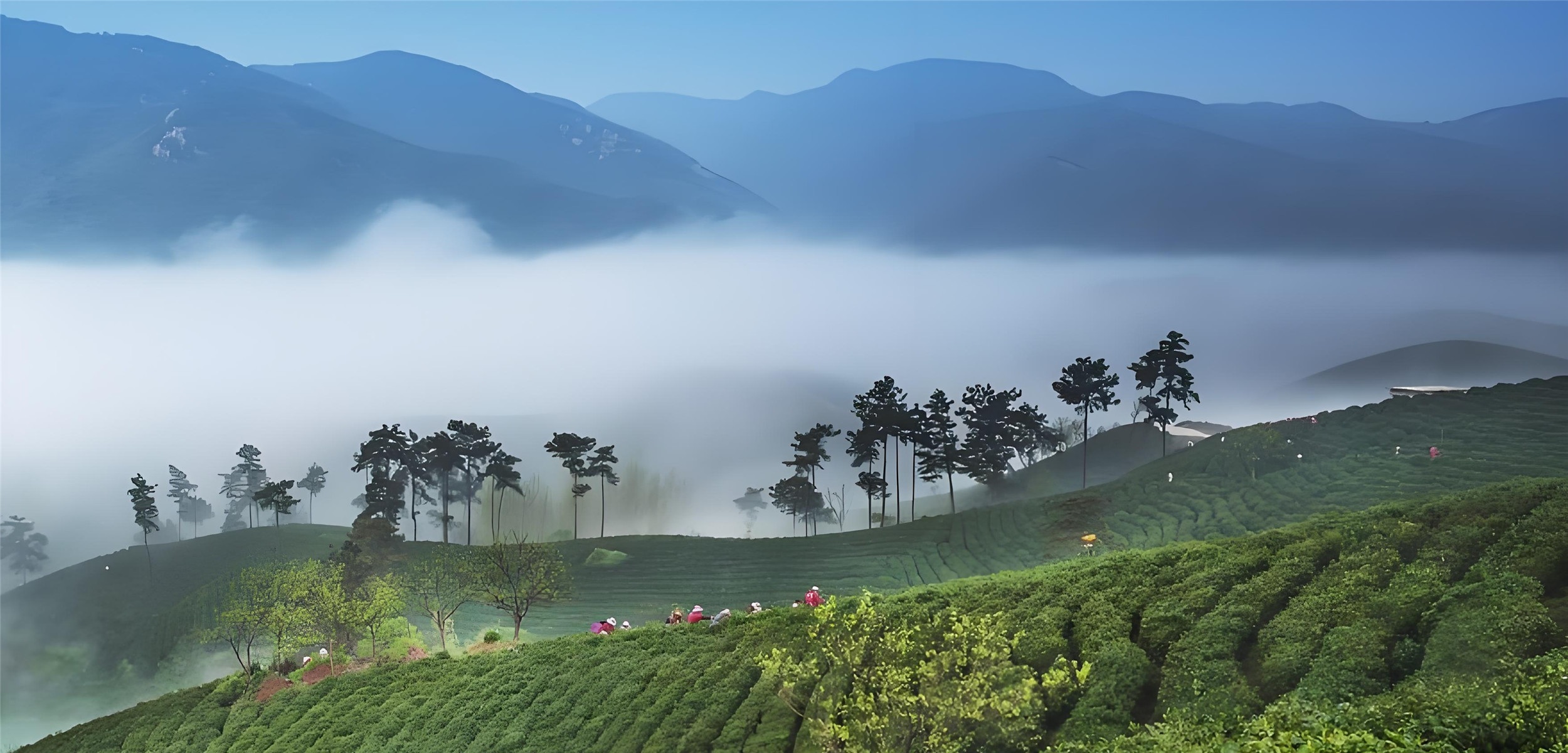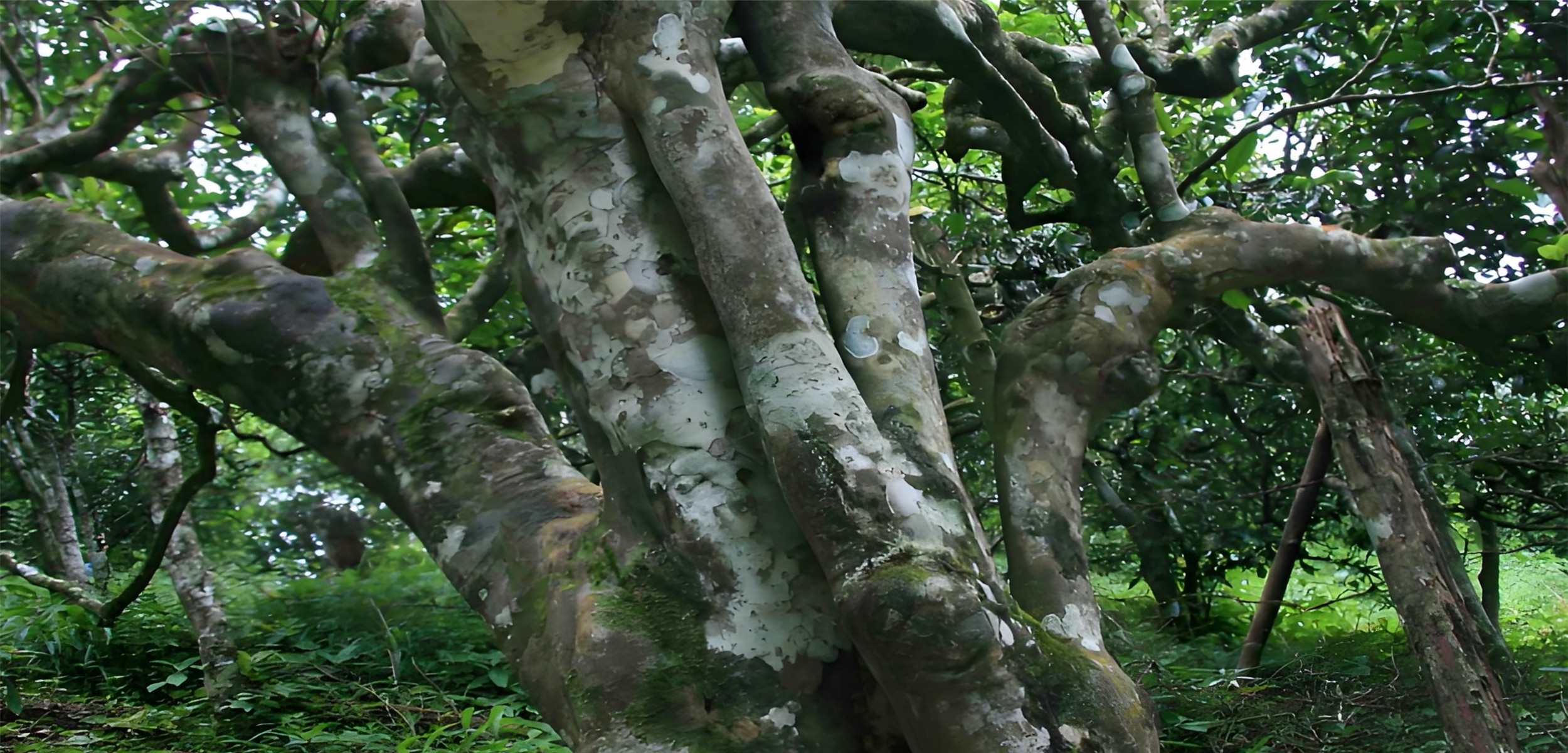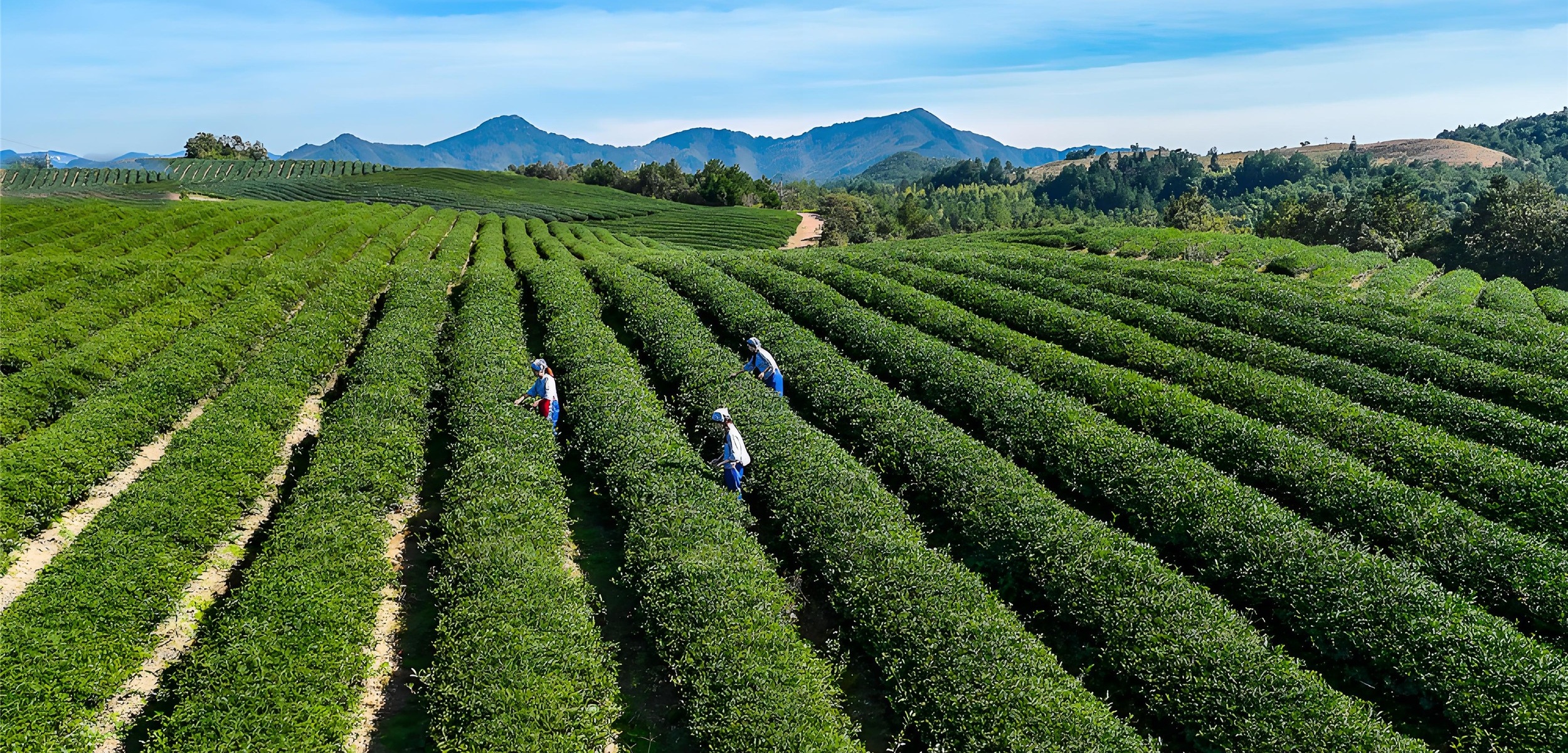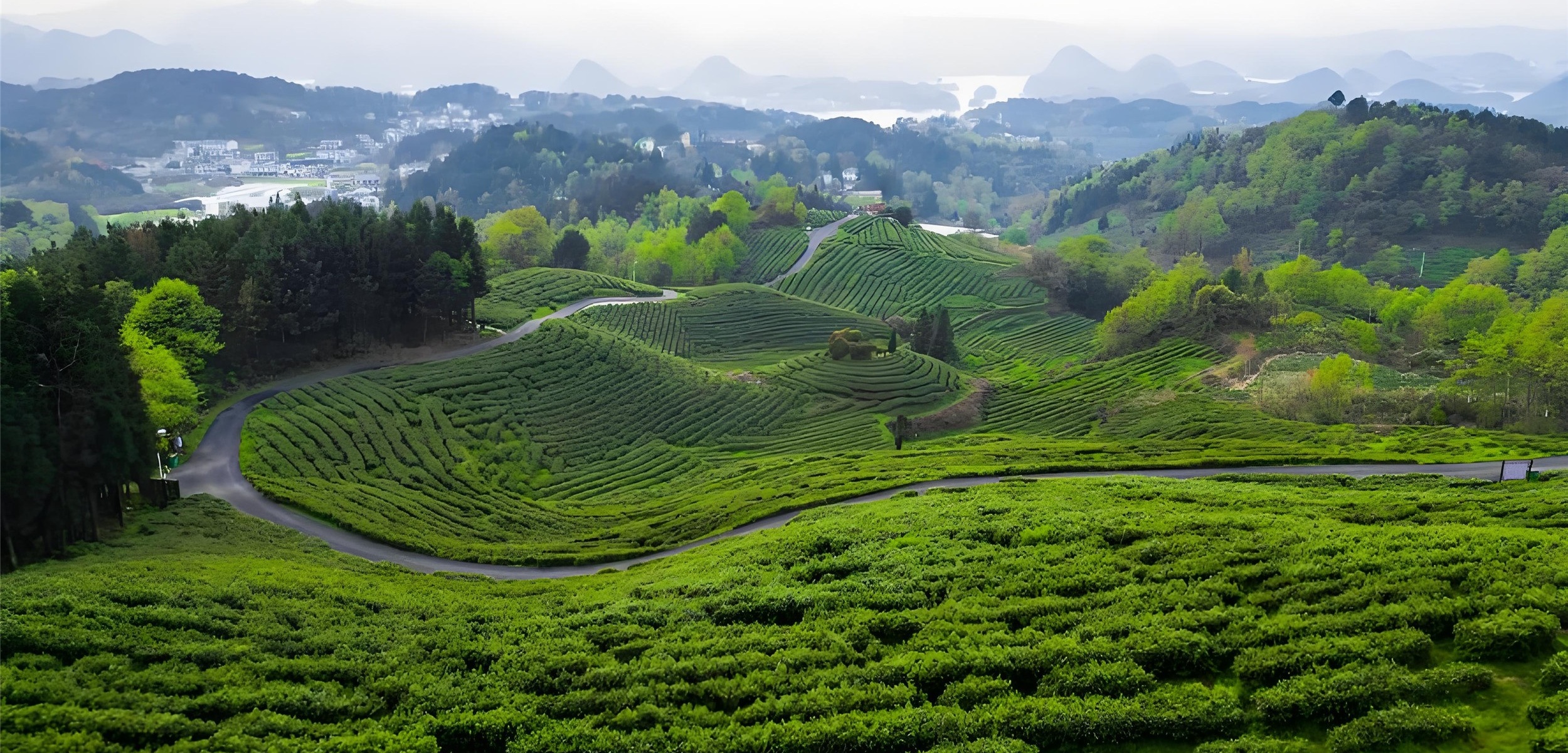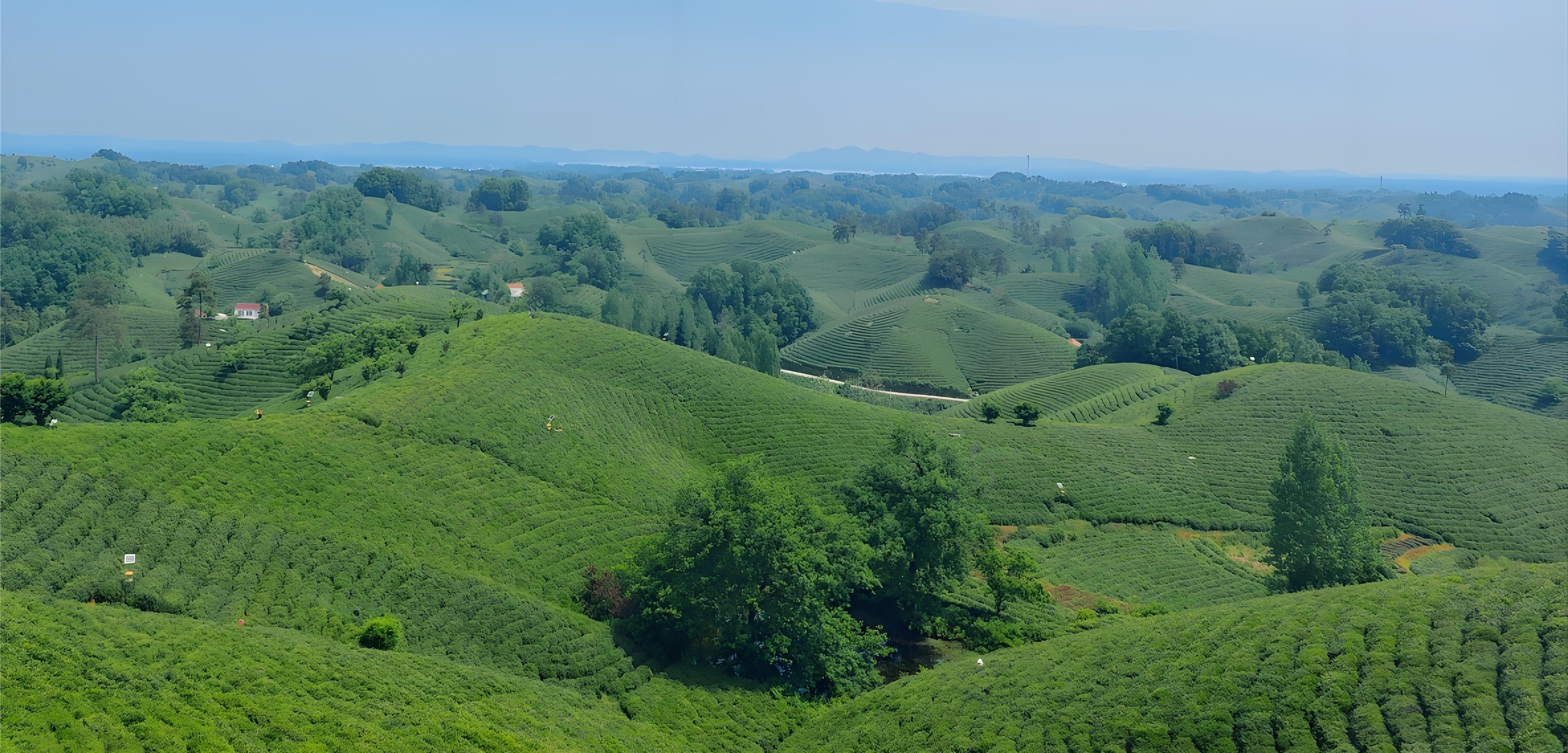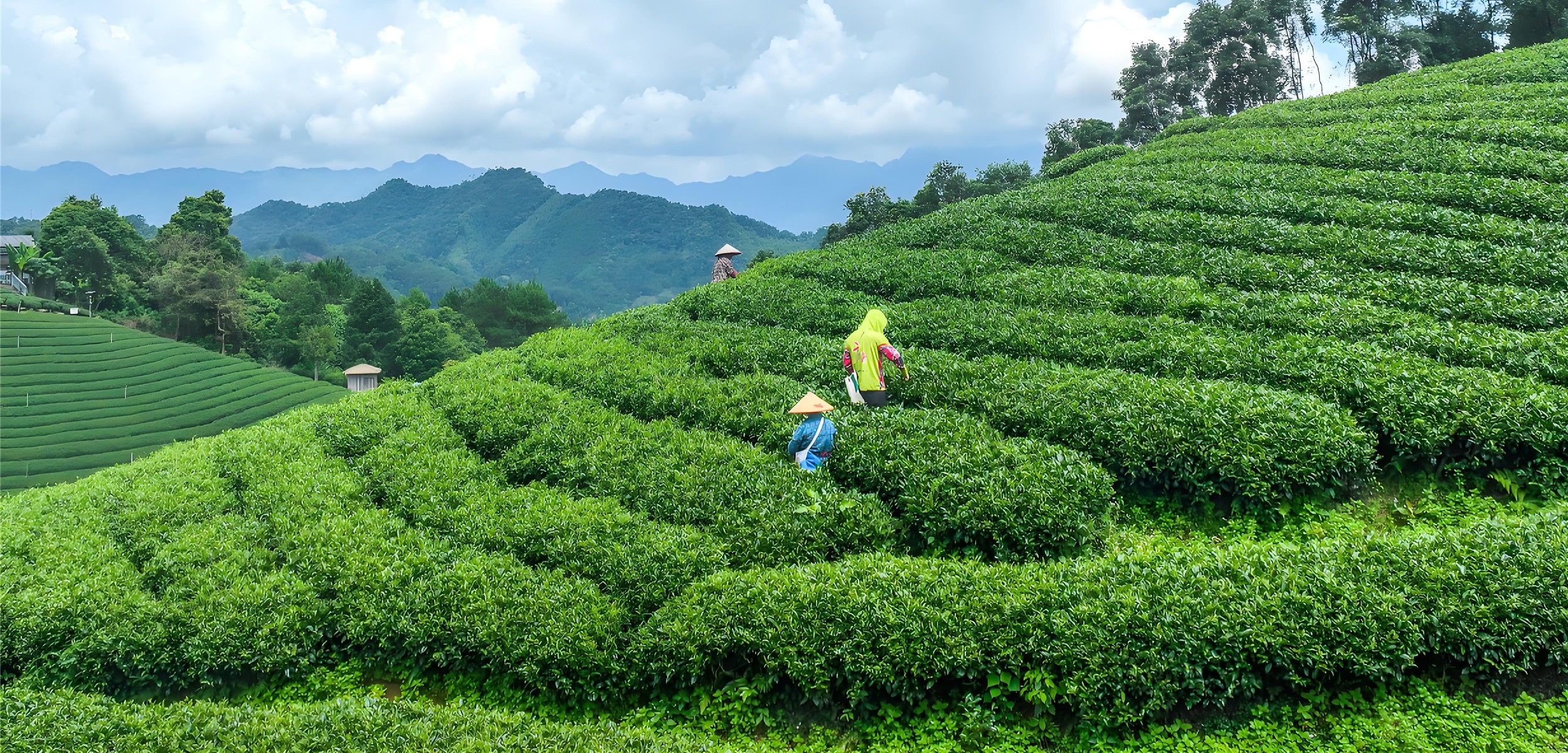霞客行之江山多娇·游学云南 - 徐霞客的云南行里,有一杯抚慰人心的“临沧茶”During Xu Xiake's trip to Yunnan, there is a soothing cup of "Lincang tea" that touches the heart
徐霞客(1587-1641年),名弘祖,字振之,号霞客,今江苏江阴人。明朝末年伟大的旅行家、地理学家和文学家,探险家,经30余年考察,足迹遍及今19个省、市、自治区, 100多座城市,被誉为“千古奇人”,所著63万字的《徐霞客游记》,被称为“千古奇书”。
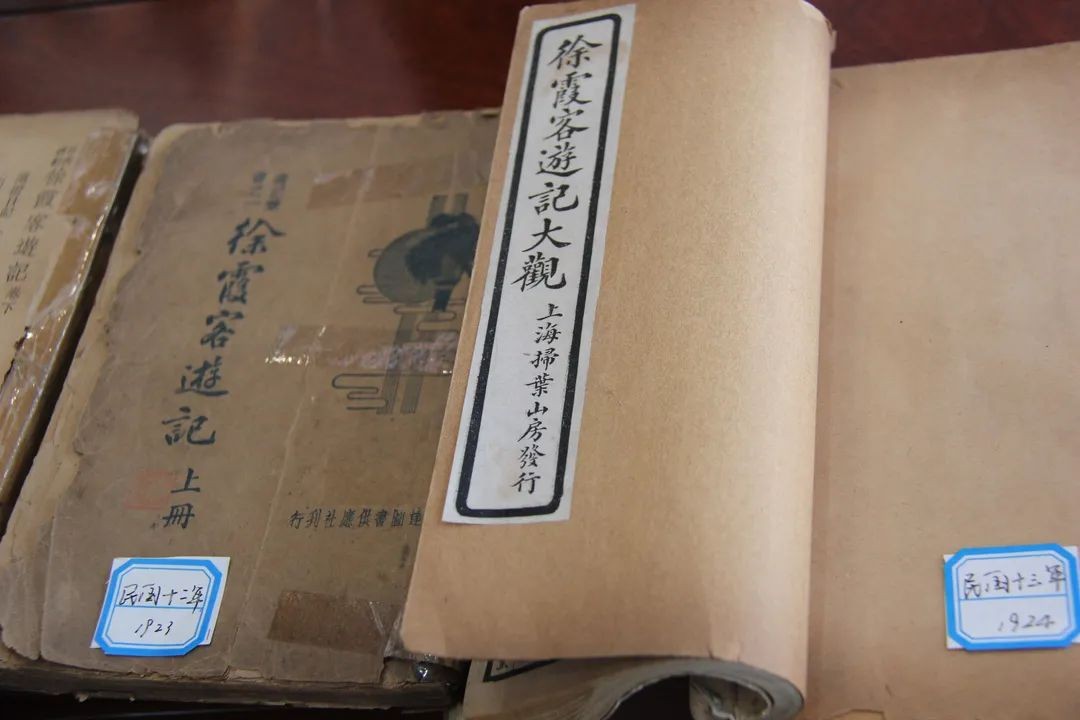
徐霞客对茶情有独钟,可称为茶叶的行家,他一生记录了很多茶事。读《徐霞客游记》,是寻迹茶事最好的方式,初步统计,整部游记描写茶事共有70余处,其中仅描写云南的茶事有50多处,记录了茶坊、茶房、茶亭、茶庵、茶寺、茶盒、茶树、茶叶、茶果、茶山、煎茶、饮茶、施茶、舍茶、进茶、留茶、点茶、供茶、注茶、献茶、烹茶、瀹茶、瀹茗、啜茗……

徐霞客于公元1638年五月初十进入云南,在滇共游历一年零九个月,入滇的徐霞客,首先在滇东、中片区考察逗留一圈之后,再一路向西,游历大理、丽江、保山,自“永昌道”进入“顺宁道”,并于公元1639年八月初五从永昌府右甸(保山昌宁)踏入顺宁府锡铅(临沧习谦),进入临沧。徐霞客在临沧游历考察共12天,期间,记录了临沧的地理、人文、寺观、物产、社会生活等,留下了珍贵的9000多字临沧游记。
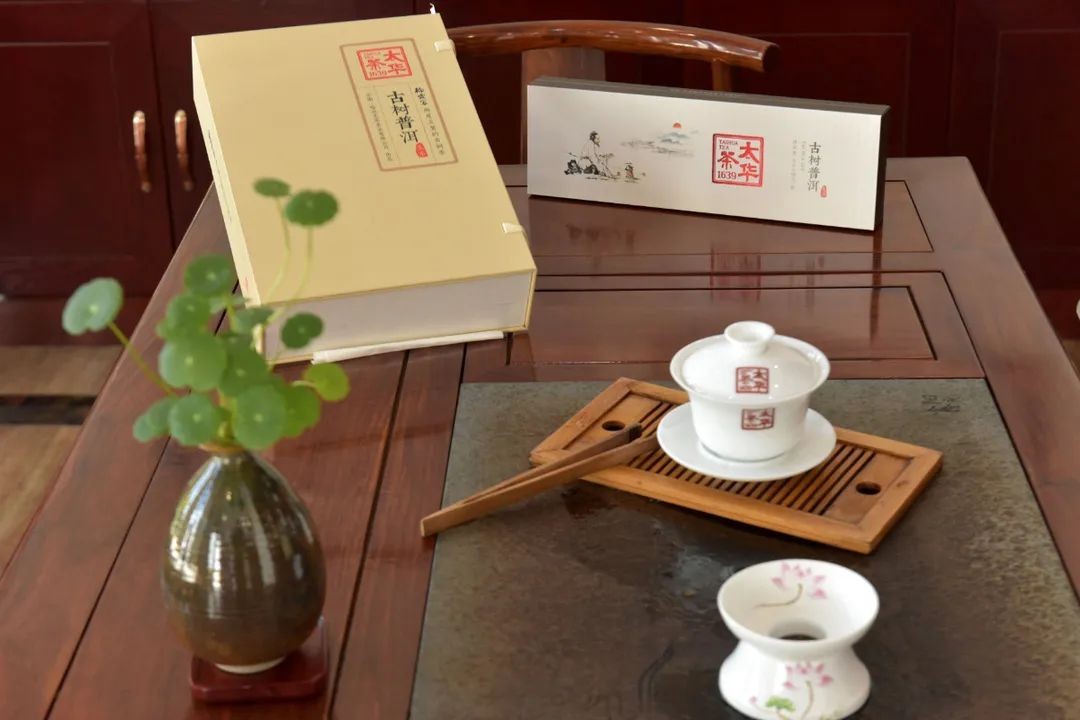
徐霞客沿途考察,多次提到了临沧的茶,他在临沧3次提及茶房(茶庵/七碗亭),2次瀹茗,1次煎太华茶,这说明“顺宁道”不仅是盐道、商道、僧道、更是一条茶道。据历史文献记载,徐霞客走过的“顺宁道”恰恰是南茶马古道的重要段,沿途的“阿鲁司”(鲁史古镇)见证了茶马古道上的繁华,至今保留完整。

特别值得一提的是,徐霞客在临沧游览探幽,于公元1639年八月十四日,一大早随驼盐往返的马帮,从顺宁府(临沧凤庆)出发,沿顺宁道风尘仆仆,在风高夜黑的傍晚,拖着一身的疲倦,抵达澜沧江畔一名叫高简槽(高枧槽)的村落息脚,他扣开古道边一梅姓老人家的柴门,歇下担子,得饮一杯特煎的“太华茶”。
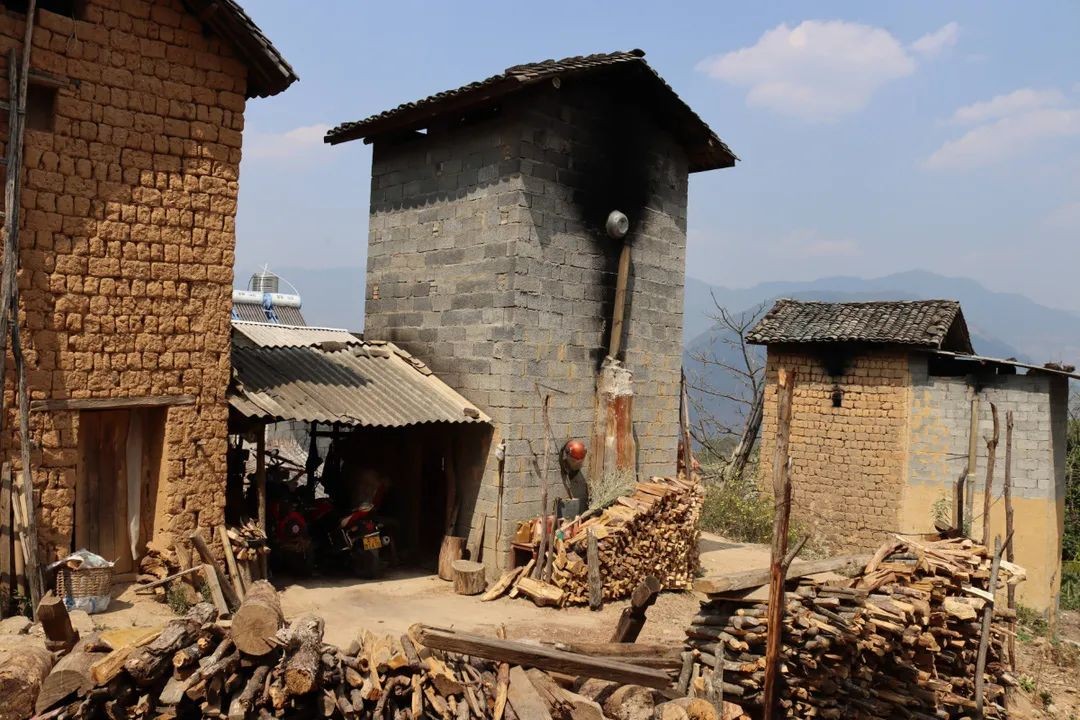
《徐霞客游记》(1639年八月十四日)载:“晨起而饭。驼骑以候取盐价,午始发。......又下三里,过一村,已昏黑。又下二里,而宿于高简槽。店主老人梅姓,颇能慰客,特煎太华茶饮予。”
正是徐霞客到来并对临沧茶的热爱,在1639年那个深秋的晚上,特煎的太华茶得以被翔实地记载于他的《游记》。如果说,谈到云南茶,不得不提临沧茶,那么,谈到临沧茶,又不得不提徐霞客笔下“特煎”的“太华茶”。

煎茶,最早出自于唐朝陆羽的《茶经》,是茶叶的一种烹煎方法,在唐朝的中晚期,尤其盛行。唐朝之后,多部茶史著作中均有记录,因此,煎茶是我国最早的茶文化之一。
临沧不知从何时开启“煎茶”,或自唐以来便有之,至少380多年前徐霞客“特煎太华茶”便定格了临沧“煎茶”文化。“煎茶”已在茶源地临沧相传千百年,在经历茶文化的历史更迭演变,中原与边疆茶文化的交融过程中,形成临沧长期以来本地特别的称谓:百抖茶!
透过《徐霞客游记》,深入梳理日记中对临沧茶及相关痕迹记载,可以初步透视明朝时期临沧茶叶资源及茶文化的雏形。

徐霞客从顺宁府(凤庆)前往云州(云县)途中进入“观音阁”歇凉,寺僧为其瀹茗招待。《徐霞客游记》(1639年八月初九)载:
“饭于旧城,乃东向下坡。半里,有大道沿坡西南去者,兴隆厂道也;东北去者,新城道也。于是东北行田塍间。半里,有新墙一围,中建观音阁甚整,而功未就,然规模雄丽,亦此中所未睹也。……小憩阁中,日色正午,凉风悠然。僧瀹茗为供。”
时隔三日,徐霞客从云州(云县)返回顺宁府(凤庆)第二次入宿龙泉寺,晨起饭后,寺僧一苇瀹茗招待徐霞客。《徐霞客游记》(1639年八月十二日)载:
“十二日,饭于龙泉。命顾仆入城觅夫,而于殿后静室访讲师。既见,始知其即一苇也。为余瀹茗炙饼,出鸡嵏、松子相饷。”
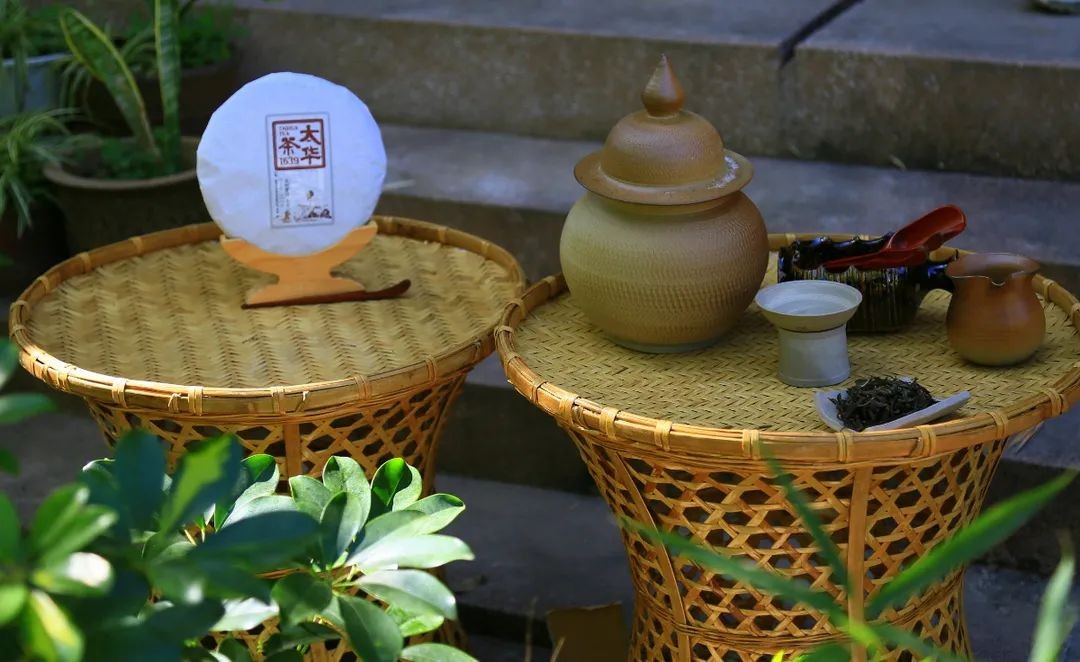
从徐霞客在临沧3次饮茶记录来看,地点为云县和凤庆,此两县紧靠澜沧江,吻合云南茶叶核心种植区“澜沧江沿岸”之说。初步分析,明朝末年,在临沧一带,瀹茗(即煮茶)仍是当时日常生活及寺院场所普遍采用的饮茶方式。因明太祖朱元璋诏令废除繁琐的“团茶”制法,当时制茶已逐渐从团茶演变为散茶,这恰证明了临沧特有的“晒青”制茶工艺,这样精制的散料,更适宜“瀹茗”罢了。
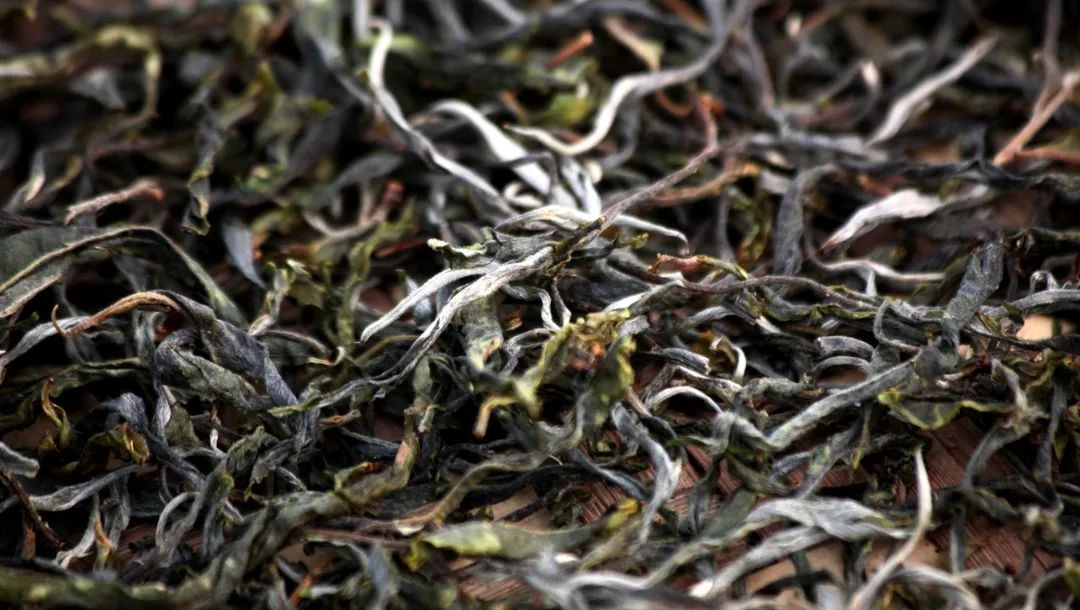
凤庆是世界“滇红”之乡,3200年栽培型古茶树“锦绣茶王”生长地,南茶马古道的起始点。抗日战争时期,中茶总公司委派国内知名红茶专家冯绍裘寻找制作红茶的上等原料,以出口创汇。冯老先生寻遍西南各省,最终驻足临沧凤庆。采用凤庆大叶种优质茶试制,效果非常理想,并一举开办了后来的凤庆茶厂,创制了举世闻名的“滇红”。据说当年冯老先生前来凤庆寻茶时,走的道路便是徐霞客所指的“顺宁道”,二人均于顺宁府、鲁史停留过,这绝非只是巧合。如今,“滇红”的上等原料仍主要出自临沧,这与临沧优良的云南大叶种茶及得天独厚的生态环境密不可分。

徐霞客从云州(云县)回顺宁府(凤庆)返程日记中还提及了“茶房”。《徐霞客游记》(1639年八月初十)载:
“此乃顺宁东山之脉,由三沟水西岭过脊南下而尽于此者。由此循峰西向北上,又二里,始平行峰西。一里,出马鞍峰后,为马鞍岭。有寺倚峰北向,前有室三楹当岭头,为茶房。”
此记“茶房”寺位于今云县爱华镇德圣村委会茶房村(马䯃岭以北),明时“云州新城”西侧。云县是临沧产茶大县之一,种茶历史源远流长,可追溯至东汉,至今已有2000多年历史。云县境内知名的白莺山,主峰海拔达2834米,至今仍保留野生、半野生和人工栽培古茶树180多万株,分布在12000多亩山地和村落。其古茶树类型之多、规模之大、栽培时间之长,充分显示了茶树从野生型到栽培型的进化过程,是茶叶栽培史的缩影,是茶树起源的历史见证,是古茶树的自然博物馆和基因宝库。由政府等相关部门发起建立的“白莺山茶树演化自然博物馆”于2021年5月13日成功挂牌。

另外,徐霞客在前往鲁史的旅途中,渡过澜沧江东岸山坡不远的岗头上,发现了废弃的“茶庵”。《徐霞客游记》(1639年八月十五日)载:
“又蹑磴三里,有坊,其冈头为七碗亭者。冈之东,下临深壑,庐三间缀其上,乃昔之茶庵,而今虚无人矣。”
徐霞客自“高简槽”(高枧槽)起身渡过澜沧江之后便发现了“茶坊/七碗亭、茶庵”。“七碗亭”命名的由来,想必出自唐朝卢仝的《七碗茶》诗,足见临沧茶文化氛围浓郁。以上两茶坊/茶庵位于澜沧江东畔,其地的澜沧江渡是当年顺宁府(凤庆)出蒙化(大理巍山)必经之地,清乾隆二十六年(1761年)在渡口下游20余里处建了澜沧江上最古老的桥梁之一“青龙桥”,也一直是“茶马古道”的咽喉要塞。

徐霞客对临沧制茶、饮茶场所的多次记录,不仅说明当时临沧已盛产茶叶,而且在明朝时期已开办有茶房(坊),且寺茶盛行,从《徐霞客游记》的记录能洞见明朝临沧茶文化的兴盛。
徐霞客游历临沧来去匆匆,除了凤庆、云县,并没有继续南穷临沧其它区县考察,但他对临沧茶的记载,对研究分析临沧作为云南大叶种茶的起源地、核心地,做实临沧作为世界茶源地之一提供了可考依据,为深入揭开明朝临沧茶文化大观多开了一扇窗。在徐霞客考察临沧前,尚未发现他人如此详细记录过临沧茶,因此,徐霞客对临沧的客观记录更加珍贵难得。
Xu Xiake (1587-1641), also known as Hongzu, styled Zhenzhi, and nicknamed Xiake, was born in Jiangyin, Jiangsu Province today. The great traveler, geographer, writer, and explorer of the late Ming Dynasty, after more than 30 years of investigation, traveled to 19 provinces, cities, and autonomous regions, and more than 100 cities today. He is known as the "eternal wonder" and wrote the 630000 word "Travel Notes of Xu Xiake", which is known as the "eternal wonder book".
Xu Xiake has a special fondness for tea and can be called an expert in tea. He recorded many tea related events throughout his life. Reading the travelogue of Xu Xiake is the best way to trace tea events. According to preliminary statistics, there are more than 70 descriptions of tea events in the entire travelogue, including more than 50 descriptions of tea events in Yunnan. It records tea shops, tea houses, tea pavilions, tea temples, tea boxes, tea trees, tea leaves, tea fruits, tea mountains, tea frying, tea drinking, tea serving, tea house tea, tea entering, tea leaving, tea ordering, tea serving, tea pouring, tea offering, tea brewing, tea tasting
Xu Xiake entered Yunnan on the tenth day of May in 1638 and traveled there for a total of one year and nine months. After inspecting and staying in the eastern and central areas of Yunnan, Xu Xiake then traveled westward, visiting Dali, Lijiang, and Baoshan, entering the Shunning Road from Yongchang Road. On the fifth day of August in 1639, he entered Xiqian (Lincang Xiqian) in Shunning Prefecture from Youdian (Baoshan Changning) in Yongchang Prefecture and entered Lincang. Xu Xiake traveled and inspected Lincang for a total of 12 days, during which he recorded the geography, culture, temples, products, social life, and other aspects of Lincang, leaving behind a precious travelogue of over 9000 words.
Xu Xiake inspected along the way and mentioned Lincang's tea several times. He mentioned tea houses (tea houses/seven bowl pavilions) three times in Lincang, brewed tea twice, and brewed Taihua tea once. This indicates that the "Shunning Road" is not only a salt road, a commercial road, and a monk road, but also a tea ceremony. According to historical records, the "Shunning Road" traversed by Xu Xiake is precisely an important section of the South Tea Horse Ancient Road. The "Arusi" (Lushi Ancient Town) along the way witnessed the prosperity of the Tea Horse Ancient Road and has been preserved intact to this day.
It is worth mentioning that Xu Xiake visited and explored the secluded places in Lincang. On August 14th, 1639 AD, he set off from Shunning Prefecture (Fengqing, Lincang) with a caravan of camels and salt early in the morning. He traveled along the Shunning Road, covered in dust and wind, and arrived at a village called Gaojiancao (Gaojiancao) on the banks of the Lancang River in the evening, dragging his fatigue all over. He opened the firewood door of an elderly man surnamed Mei on the ancient road, rested his burden, and had to drink a cup of specially fried "Taihua tea".
The Travels of Xu Xiake "(August 14, 1639) records:" In the morning, we eat. We ride camels to wait for the price of salt, and depart at noon... We go down three miles, pass through a village, and it's already dark. We go down two miles, and stay in the Gao Jian Cao. The old man surnamed Mei, who is a good comfort to our customers, specially prepares Taihua tea to drink
It was Xu Xiake's arrival and love for Lincang tea that allowed the specially brewed Taihua tea to be fully recorded in his travelogue on that late autumn evening in 1639. If we talk about Yunnan tea, we have to mention Lincang tea, then when it comes to Lincang tea, we have to mention Xu Xiake's "specially fried" "Taihua tea".
Jiancha, originally from Lu Yu's "Classic of Tea" in the Tang Dynasty, is a method of cooking tea leaves, which was particularly popular in the middle and late Tang Dynasty. After the Tang Dynasty, many tea history works have recorded it, therefore, fried tea is one of the earliest tea cultures in China.
Lincang has been known to have "pan fried tea" since the Tang Dynasty, at least 380 years ago when Xu Xiake's "special pan fried Taihua tea" solidified Lincang's "pan fried tea" culture. Jiancha "has been passed down for thousands of years in Lincang, the birthplace of tea. Through the historical changes and evolution of tea culture, as well as the integration of tea cultures from the Central Plains and border areas, Lincang has long been known as the" Hundred Doucha "locally!
Through the travelogue of Xu Xiake, a thorough review of the diary's records of Lincang tea and related traces can provide a preliminary insight into the tea resources and tea culture of Lincang during the Ming Dynasty.
On the way from Shunning Prefecture (Fengqing) to Yunzhou (Yun County), Xu Xiake entered the "Guanyin Pavilion" to cool off, and the temple monks greeted him with tea. The Travel Notes of Xu Xiake (August 9th, 1639) states:
Eating in the old city, heading downhill to the east. Half a mile away, there is a main road that leads southwest along the slope, Xinglongchang Road; northeast, there is Xincheng Road. So, heading northeast, there is a field between the fields. Half a mile away, there is a new wall surrounding it, and the Guanyin Pavilion in the middle is very well built, but its scale is magnificent, which has never been seen before... In the Resting Pavilion, the sun is noon, the cool breeze is leisurely, and the monk's tea is served
After three days, Xu Xiake returned to Shunning Prefecture (Fengqing) from Yunzhou (Yunxian) and stayed at Longquan Temple for the second time. After breakfast, the temple monks greeted Xu Xiake with a reed and a cup of tea. The Travel Notes of Xu Xiake (August 12, 1639) states:
On the twelfth day, the meal was served in Longquan. Gu Pu was ordered to enter the city to search for a husband, and to visit the lecturer in the quiet room behind the palace. Upon seeing him, he realized that he was just a reed. He cooked tea and baked cakes for Yu Yue, and served chicken feet and pine nuts
According to Xu Xiake's records of drinking tea three times in Lincang, the locations were Yun County and Fengqing, which are adjacent to the Lancang River, in line with the saying that the core tea planting area in Yunnan is along the Lancang River. Preliminary analysis shows that in the late Ming Dynasty, boiling tea was still a common way of drinking tea in daily life and temple places in the Lincang area. Due to the decree of Emperor Zhu Yuanzhang of the Ming Dynasty to abolish the cumbersome method of making "group tea", tea making had gradually evolved from group tea to loose tea, which precisely proved the unique "sun dried green" tea making process in Lincang. This refined loose material is more suitable for "boiling tea".
Fengqing is the hometown of "Dian Hong" in the world, the birthplace of the 3200 year old cultivated ancient tea tree "Jinxiu Tea King", and the starting point of the South Tea Horse Ancient Road. During the War of Resistance Against Japan, China National Tea Corporation appointed Feng Shaoqiu, a well-known domestic expert in black tea, to search for high-quality raw materials for making black tea, in order to export and earn foreign exchange. Mr. Feng searched through various provinces in southwest China and finally stopped at Fengqing in Lincang. The trial production of high-quality tea from Fengqing large leaf variety was very successful, and the later Fengqing Tea Factory was established, creating the world-renowned "Dian Hong" tea. It is said that when Mr. Feng came to Fengqing to search for tea, he took the road referred to by Xu Xiake as the "Shunning Road". Both of them stopped at Shunning Prefecture and Lu Shi, which is not just a coincidence. Nowadays, the high-quality raw materials for "Dian Hong" still mainly come from Lincang, which is closely related to Lincang's excellent Yunnan large leaf tea and unique ecological environment.
Xu Xiake also mentioned the "tea house" in his return diary from Yunzhou (Yun County) to Shunning Prefecture (Fengqing). The Travel Notes of Xu Xiake (August 10th, 1639) states:
This is the vein of Shunning Dongshan, which runs south from the ridge of Sangou Water West Ridge and ends here. From here, it follows the peak from west to north, for another two miles, and then runs parallel to the west of the peak. One mile, after the Ma'an Peak, it is Ma'anling. There is a temple leaning north of the peak, and in front of it, there are three pavilions as the ridge head, which is a tea house
This "Tea House" temple is located in Tea House Village, Desheng Village Committee, Aihua Town, Yun County (north of Malanling), on the west side of "Yunzhou New City" during the Ming Dynasty. Yun County is one of the major tea producing counties in Lincang, with a long history of tea cultivation dating back to the Eastern Han Dynasty and a history of over 2000 years. The well-known Baiying Mountain in Yun County, with its main peak reaching an altitude of 2834 meters, still preserves over 1.8 million wild, semi wild, and artificially cultivated ancient tea trees, distributed in more than 12000 acres of mountains and villages. The diverse types, large scale, and long cultivation time of ancient tea trees fully demonstrate the evolutionary process of tea trees from wild type to cultivated type. It is a microcosm of the history of tea cultivation, a witness to the origin of tea trees, and a natural museum and genetic treasure trove of ancient tea trees. The "Baiying Camellia Tree Evolution Natural Museum" initiated by the government and other relevant departments was successfully launched on May 13, 2021.
In addition, on his journey to Lu Shi, Xu Xiake crossed a hill not far from the east bank of the Lancang River and discovered an abandoned "Tea Temple". The Travel Notes of Xu Xiake (August 15, 1639) states:
Three miles up the hill, there is a pavilion with seven bowls at its head. To the east of the hill, there is a deep valley below, and three rooms of thatched cottages adorn it. This was the tea temple of the past, but now it is empty and deserted
After Xu Xiake got up from the "Gao Jian Cao" (Gao Jian Cao) and crossed the Lancang River, he discovered the "Tea House/Seven Bowl Pavilion, Tea Temple". The origin of the name "Seven Bowl Pavilion" is believed to come from the Tang Dynasty poet Lu Tong's poem "Seven Bowl Tea", which shows the rich cultural atmosphere of Lincang tea. The above two tea houses/tea houses are located on the east bank of the Lancang River. The Lancang River Crossing in their area was a must pass for Shunning Prefecture (Fengqing) to pass through Menghua (Weishan, Dali). In the 26th year of the Qianlong reign of the Qing Dynasty (1761), one of the oldest bridges on the Lancang River, the "Qinglong Bridge", was built more than 20 miles downstream of the crossing, and it has always been a throat fortress of the "Tea Horse Ancient Road".
Xu Xiake's multiple records of tea making and drinking places in Lincang not only indicate that tea was already abundant in Lincang at that time, but also that tea houses (workshops) had been established during the Ming Dynasty, and temple tea was popular. The records in "Xu Xiake's Travels" can reveal the prosperity of tea culture in Lincang during the Ming Dynasty.
Xu Xiake traveled to Lincang in a hurry. Apart from Fengqing and Yun County, he did not continue to investigate other districts and counties in southern Lincang. However, his records of Lincang tea provided a reliable basis for studying and analyzing Lincang as the origin and core of Yunnan's large leaf tea, and confirmed Lincang as one of the world's tea sources. This opened a new window for further exploration of the Ming Dynasty's Lincang tea culture. Before Xu Xiake inspected Lincang, he had not found anyone else who had recorded Lincang tea in such detail. Therefore, Xu Xiake's objective records of Lincang are even more precious and rare.
Yunnan Network Correspondent Li Chaoda
